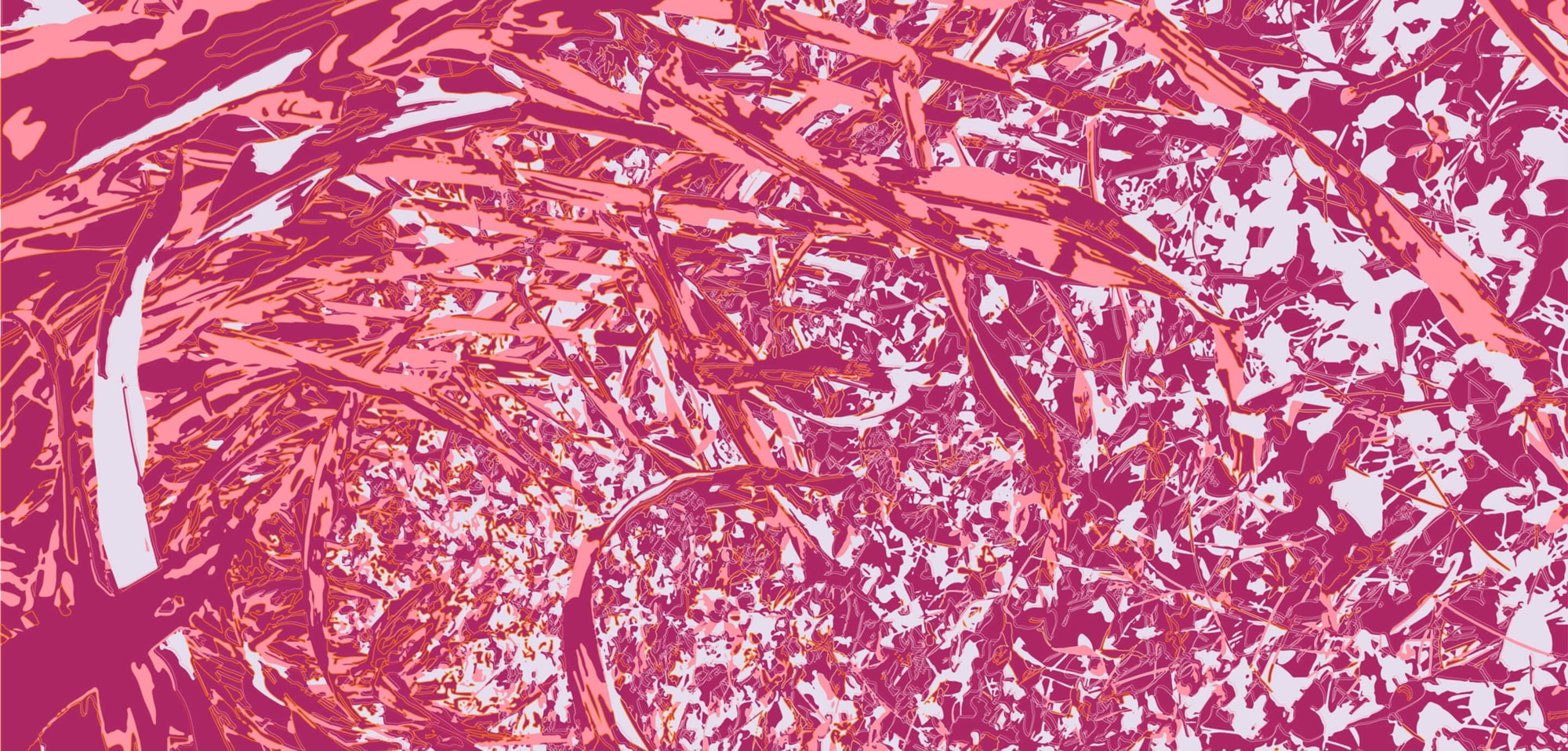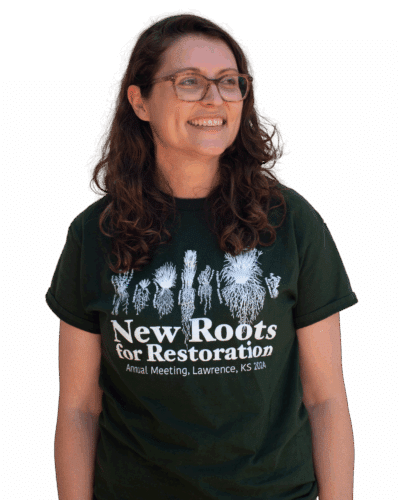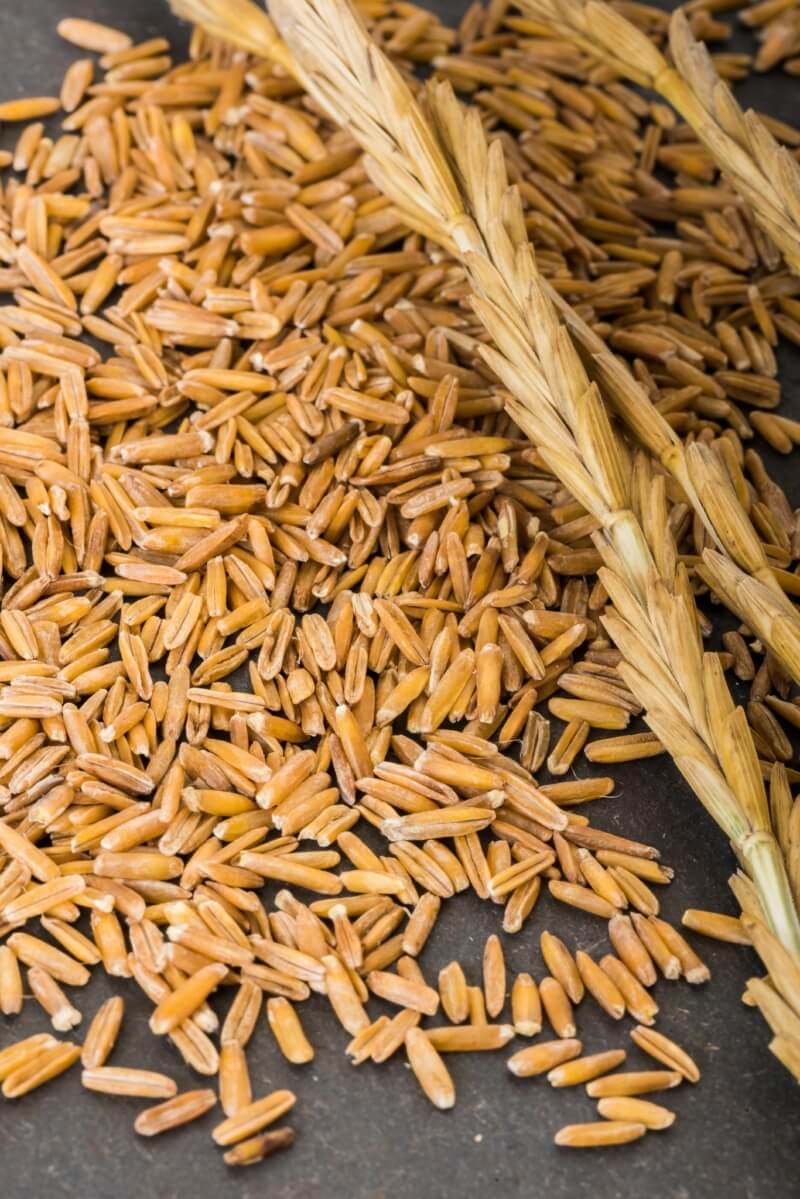With more than 20,000 legume species in the world and only around 15 pulse (grain) and 40 forage legumes traded globally, there is great opportunity to develop new perennial grain and companion legume crops. The Land Institute is currently domesticating perennial Baki™ bean, the edible perennial pulse produced by the perennial legume sainfoin.
As a legume, sainfoin is able to convert atmospheric nitrogen into forms usable by plants, and when planted in companion with other crops, it can reduce or eliminate the need to apply synthetic fertilizers. For this reason, The Land Institute is also pursuing research into the benefit of planting Kernza in companion with other legumes like alfalfa and kura clova to maximize productivity and environmental benefits in the field.

































